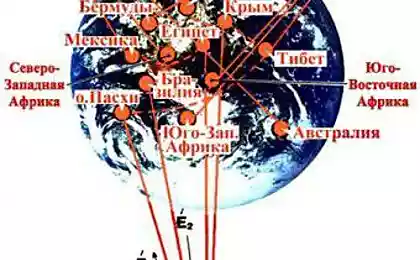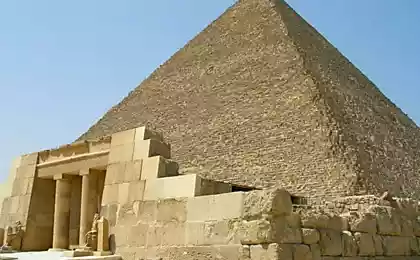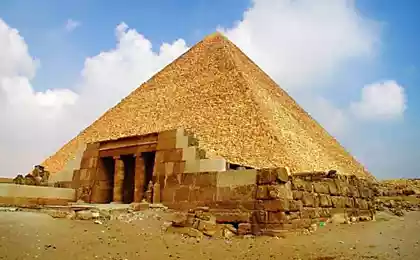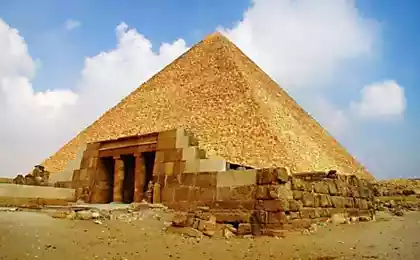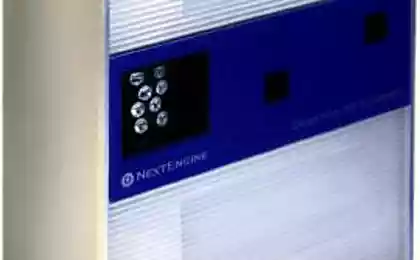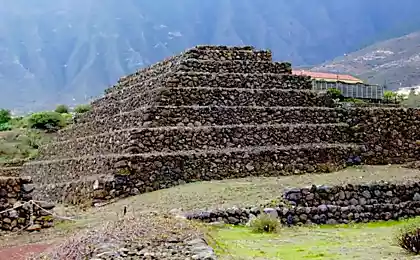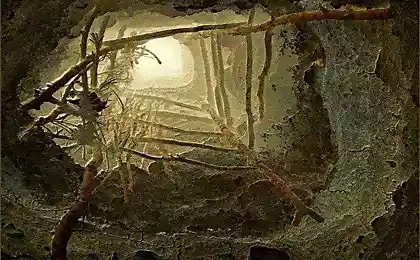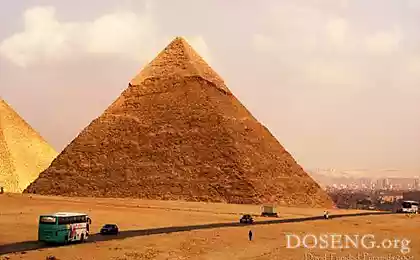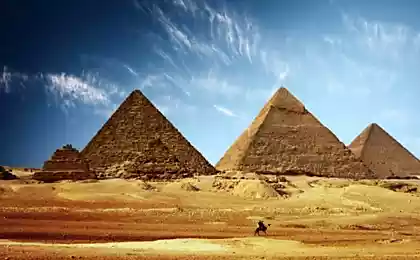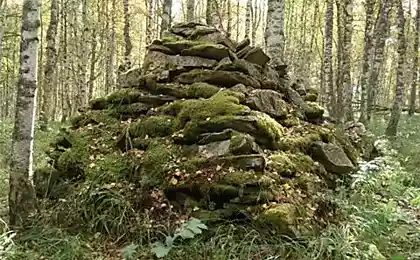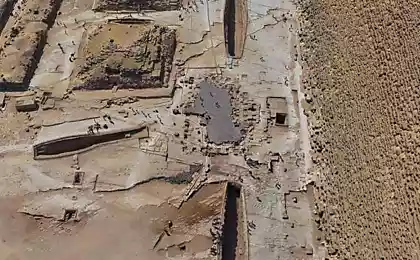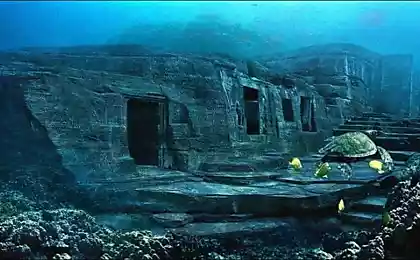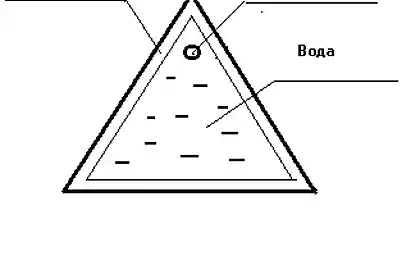687
Egypt plans to launch the scan of the pyramids
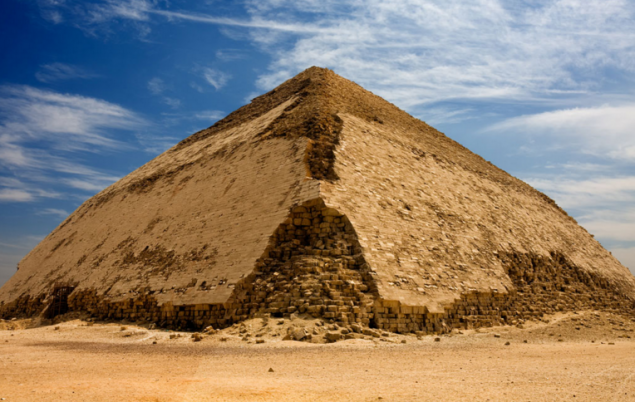
Indiana Jones would have died of envy - this weekend is preparing to launch an international project that aims to find the secret rooms of the Egyptian pyramids. The result will be obtained 3D-pictures and detailed information about the architecture of the pyramid of Egypt.
For this purpose, the pyramids sensitive sensors are installed, with which scientists will map their structure. The study will be based on the method of recording the flow of cosmic muons . Earlier, a similar technique was used to look inside the ancient pyramids in Mexico and Belize, as well as destruction of the reactor Japanese nuclear power plant "Fukushima-1».
"The flow of cosmic muons - a particle with a mass 200 times greater than that of the electron, having so great penetrating power (they spend energy only for ionization without generating as electrons, electromagnetic showers) - used as a gratuitous source for technical radiology . With muons arising in the upper atmosphere by cosmic rays (protons and nuclei coming from the distant cosmos), it was possible to show through large thicknesses of matter and find in it the defects, similar to X-rays shine tissues of the body », explains Professor MEPI and Doctor of Physical and Mathematical Sciences Boris Lutchkoff.
"The study will be carried out through aggressive but safe method - scanning the pyramids using cosmic rays. The project work scientists and experts from Japan, France and Canada, "said Minister of Antiquities of Egypt Mamdouh el Damat изданию «Ahram Online» . The announcement of the official launch of the project is scheduled for Sunday.
According to «Ahram Online», the first will be scanned Bent Pyramid in Dahshur, which is located 40 kilometers south of Cairo. The pyramid height of about 105 meters was built by Pharaoh Sneferu about 4,600 years ago, and, as we know, it has at least two rooms. However, the pyramid has not been thoroughly studied, and some experts suspect that there are still undiscovered areas.
"The more famous pyramids at Giza will also be scanned," said el-Damato. In 1960, Nobel laureate American physicist Luis Alvarez has spent scanning the pyramid of Khafre in Giza, trying to discover the "emptiness" in its monolith. However, during the experiment, which lasted for several years, it was not revealed anything new. It should be noted that the detector and the readout electronics that time were far less advanced than it is now.
Via Forbes
Source: geektimes.ru/post/264440/
The French company is going to turn roads into solar power
NASA chose the best projects for the Martian base
